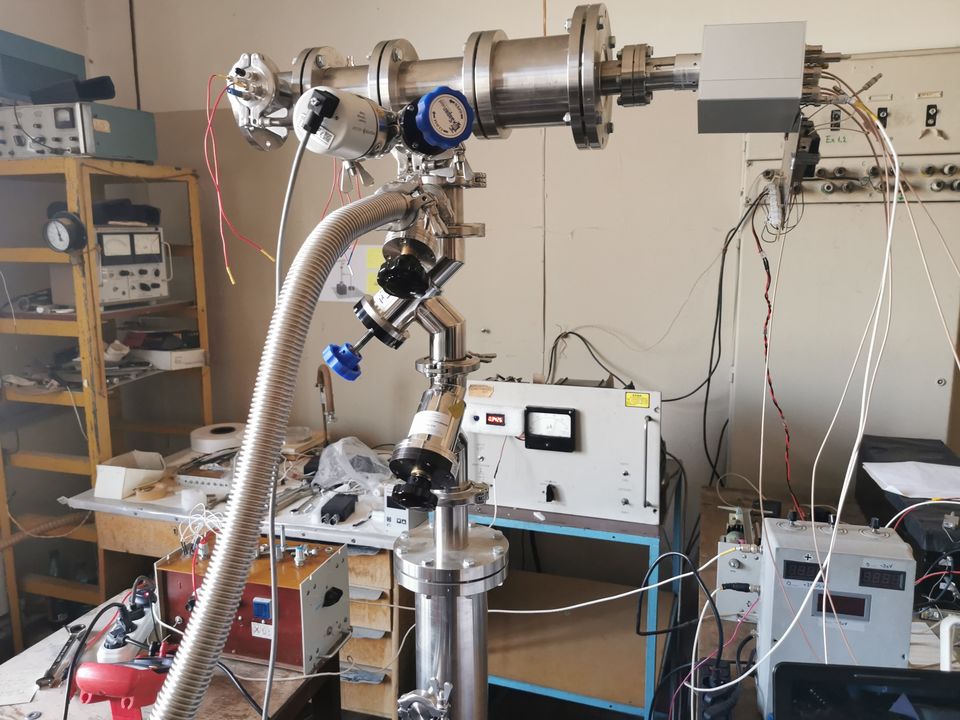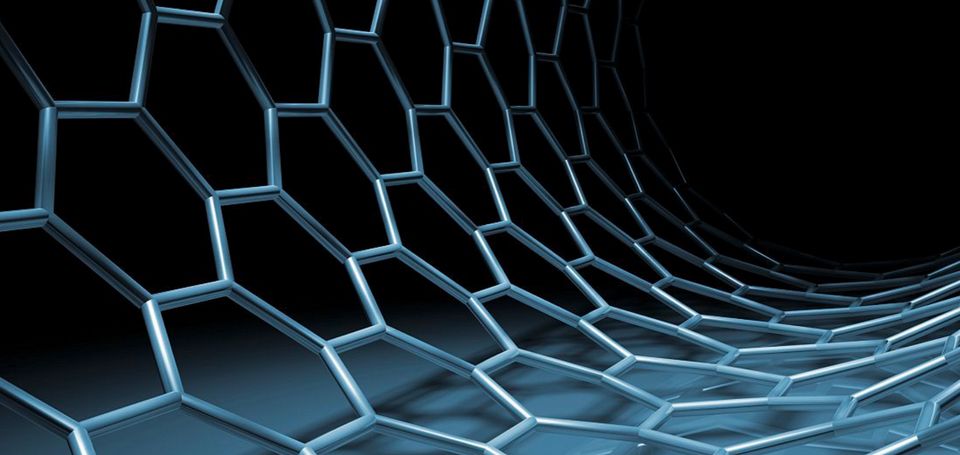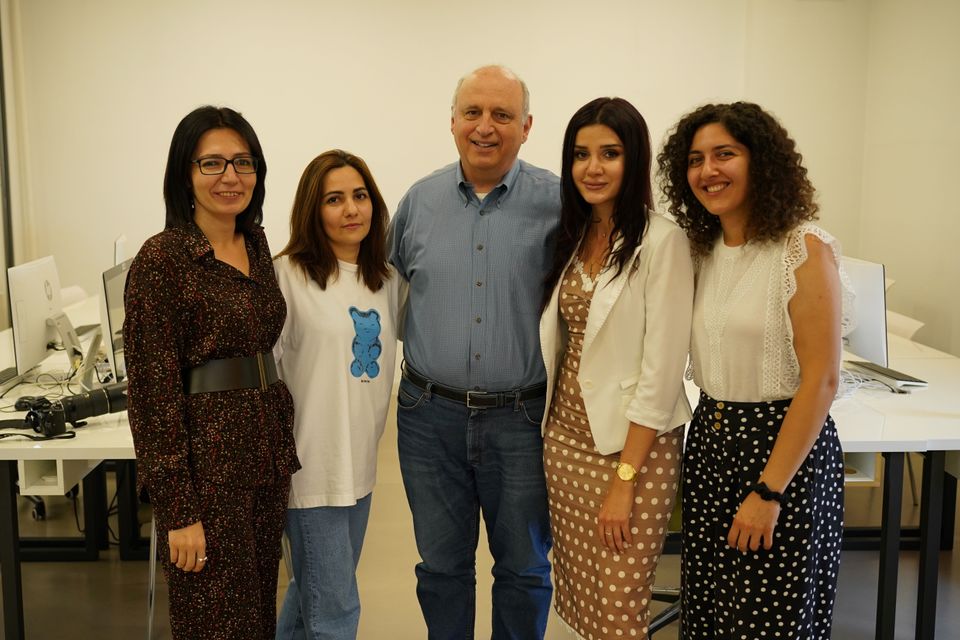
Armenian Technology Transfer Office
Commercialization of transformative Armenian scientific research from the laboratory to industry

1 collaboration proposal
About collaboration projects
Collaboration projects require tangible needs (equipment, clothing, computers, etc.) as well as the support of people through their knowledge, experience, and/or connections to solve a specific problem.
Collaboration Needs

Experts for Science Council
Experts with research background to evaluate innovations created by Armenian scientists

Experts for market evaluation
Industry experts with scientific competences and knowledge in specific fields
Armenian Technology Transfer Office - ATTO is a RA governmental organization with the goal of transforming Armenia's scientific innovations into startup businesses.
We want to find scientific innovations in Armenia that are transformative – building the next generation of industries that do not exist today.
Commercialize Armenian IP by providing a systematic approach for technology transfer from the Armenian research and scientific community to industry. We provide a process to identify, qualify, and unlock a pipeline of screened, pre-qualified, high technology transformative innovations that are available for commercialization to fuel the growth of new industries in Armenia.
Technology commercialization is not a short-term fix for Armenia but a long-term strategy to build companies and industries that can provide a significant impact to the Armenian economy.
Armenia is ready to become a greater global competitor – ready to create national industries that command world respect and deliver strong financial returns to the country. In the last decade, Armenia has seen strong growth in the high-tech sector. However, Armenia’s growth requires a leadership team like ATTO to look at lucrative opportunities in untapped industries.
Among the projects we are working on, we would like to highlight the project named Advanced Radio Frequency Timing AppaRATus.
The ability to measure time precisely enables researchers to study temporal relationships, understand time-dependent phenomena, and advance knowledge across various scientific disciplines. In science, accurate time measurement is crucial for precise data collection, analysis, and replication. Fields such as physics, astronomy, biology, and chemistry rely on precise timekeeping to study processes, events, and phenomena. Time is, perhaps, one of the most fundamental units of measurement in science.
ARARAT has created a system capable of detecting single photons at an extremely high rate. This high rate of detection is measured in 10 picoseconds. A picosecond (ps) is a unit of time equal to one trillionth of a second.
One of the key attractions of this innovation is the ability to provide products across many industries. Our current hypothesis is to focus on medical imaging, however, there are several other potential market opportunities in areas such as computing, timekeeping, and secure communications. Many medical imaging technologies do involve radiation which provides sensitivity, contrast and penetration that is necessary to see inside the body.
The medical imaging industry worldwide is significant and is estimated at $33 billion represented by companies such as General Electric Healthcare, Siemens, Philips, Canon, Hitachi and others. Our intent is to identify a corporate partner that would be willing to invest in the next generation of medical imaging. Although it is ambitious to think that Armenia can manufacture these laser medical imaging systems, we are aiming to create a company that will manufacture these detectors in Armenia.
Currently the project is at the stage of manufacturing a commercial prototype which become possible due to our team's efforts and our compatriots from diaspora. In addition, we are beginning the US patent process.
Another promising project is related to a completely new way of production of a nano-material called graphene.
A physicist from the National Polytechnic University of Armenia is working on this project. As graphene is the most solid material existing in the world it can be applied almost everywhere - due to that graphene is considered the main material of the 21st century. Its application fields are very wide - from electronics and energy to medical, biomedical, environment, construction and food & health.
New technology makes the production of graphene less expensively and more efficient. The standard method of making graphene is using toxic chemicals at 900 Celsius, while the new technique allows the production of graphene at room temperature with no toxic chemicals.
Discovering, cataloging, and prioritizing the IP that exists in Armenia is an important first step. ATTO is building an understanding of the theoretical and applied research that is currently being conducted in Armenia. In addition, research is constantly changing making this process of collection dynamic and ongoing. Applied research by definition is closer to the market than theoretical research, but both need to be inventoried as we may likely find the future needs of industry being studied in a theoretical discipline.
The goal of ATTO is to not only support the commercialization of Armenian IP but also to migrate theoretical research toward the next generation of applied research. As success is created, that success must be reinvested in the next generation of innovation. This proposal includes a methodology for being able to provide limited funding to opportunities that are closest to commercialization.
With these factors in mind, here is a look at the three key pillars of technology transfer— technology scouting services, proof-of-concept services, and marketing and capitalization services. These three components incorporate the basic components of technology commercialization.

Most startups begin by identifying the problem and then they develop a solution to solve that problem. And what technology transfer does is to understand the solution that the scientist has created then figure out what commercial problem this solution can solve.
Armenia has a rich history in fundamental scientific research such as physics, mathematics, and chemistry that was heralded as some of the best science during its time as a republic of the Soviet Union. However, the republic had no need to move innovations to private companies as the Soviet state absorbed all innovations, especially in relation to space, weapons, and defense programs. No connection existed between the world of research and industry, and no linkage between the two was ever created which is fundamental to commercialization.
Migrating knowledge from the lab to the market is difficult when there is no technology transfer process is in place.
Thus, the role of ATTO is to address this critical missing link by providing an ecosystem that identifies, quantifies, and unlocks a pipeline of screened, pre-qualified, high-technology innovations that are ready for commercialization by financial investors and by domestic or global corporate partners.
ATTO would be responsible for removing barriers to better economic outcomes by vetting and preparing new innovations in ways that are attractive to industry.
With our team of 6 specialists and two interns, we are engaged in the process of creating the first National Technology Transfer Office in Armenia. In particular, we have several projects that we are currently working on where we are engaging large corporations to partner with the scientist.
MIHRAN AROIAN
Mihran Aroian is originally from Boston, Massachusetts. He took a wrong turn off the Massachusetts Turnpike and somehow ended up in Texas. Most recently, Mihran has been part of the faculty at several prominent universities in Texas and a visiting professor at the Manoogian Simone College of Business & Economics in Yerevan. Mihran has an eclectic background as a scientist, venture capitalist, entrepreneur, and professor. Previously, Mihran was the co-founder of TMI Capital, Amicus Networks, and Science Partners. Having worked for Austin Ventures, Mihran has a background in working with entrepreneurial firms in the US and Armenia.
SOFYA PARSADANYAN
Sofya has more than ten years of experience in marketing research and strategic consulting of industrial enterprises. For the past three years, she has worked in St. Petersburg on the infrastructure support team for small and medium-sized businesses and was head of the Center for Innovation in the Social sphere.
ANNA ALLAVERDYAN
Upon graduating from the faculty of international relations at the Russian State University for the Humanities (RSUH), she started her career as an interpreter and translator in an international construction company. Afterward, she was working on establishing trade relations at the Italian Trade Agency (ICE) and the Department for International Trade at the British Embassy.
TATEVI AGADZHANYAN
Tatevi worked as an expert in the Federal Service for State Registration, Cadastre, and Cartography in Russia. She defended the rights and interests of the Rosreestr Administration in courts within the framework of civil and administrative proceedings. She has more than five years of experience in the legal field.
ELITA BABAYAN
She has been a part of public activities for the last five years. In particular, she was Public Relations director at the Union of Armenians in Russia. At the same time, she participated in organizing events held jointly with the Moscow Government and covered the activities of the Association of Armenian Lawyers.
Armenian Technology Transfer Office
Commercialization of transformative Armenian scientific research from the laboratory to industry

1 collaboration proposal
About collaboration projects
Collaboration projects require tangible needs (equipment, clothing, computers, etc.) as well as the support of people through their knowledge, experience, and/or connections to solve a specific problem.
Collaboration Needs

Experts for Science Council
Experts with research background to evaluate innovations created by Armenian scientists

Experts for market evaluation
Industry experts with scientific competences and knowledge in specific fields














